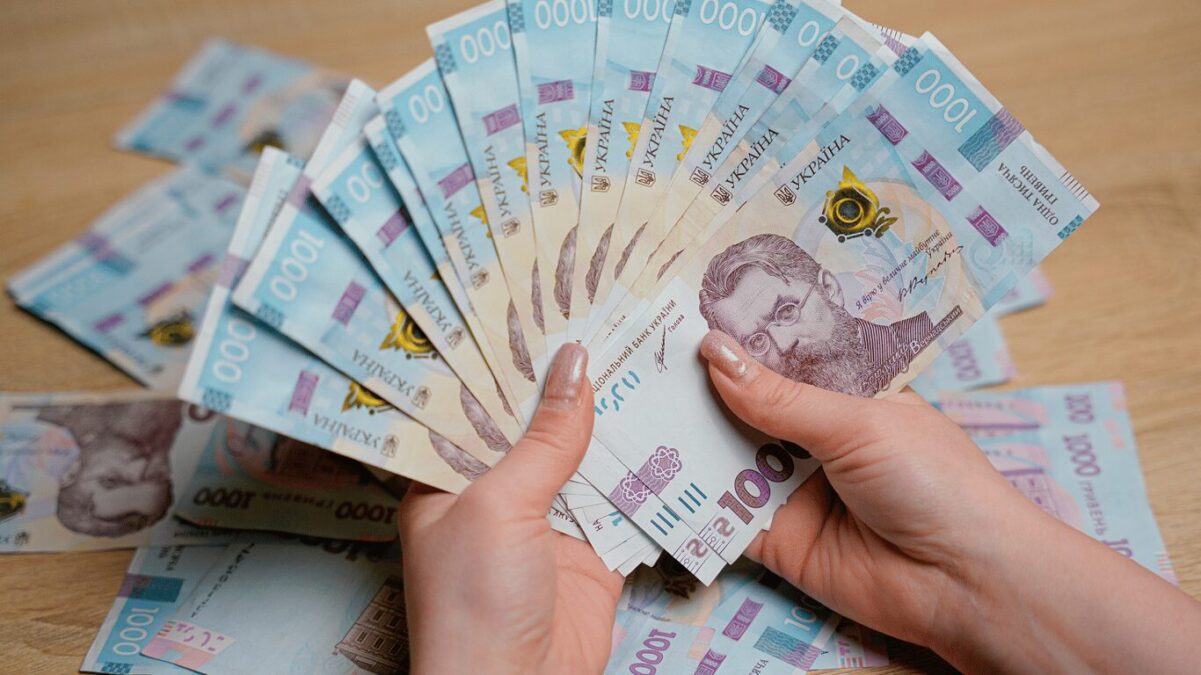
Average Salary in Ukraine 2026: Will Real Incomes Grow and How Will Inflation Impact It?
Over 25,000 hryvnias as the average wage these figures are already included in the government’s forecasts for the coming years. The government has updated the indicators for economic and social development, adjusting its expectations for the current and subsequent periods. However, the question remains whether this increase will be truly felt by Ukrainian families, given the risk of inflation and a number of economic challenges.
The Ministry of Economy, Environment, and Agriculture of Ukraine has presented an updated Forecast for Economic and Social Development for 2026–2028. The starting point for calculations was the current indicators. The average wage forecasted by the government for 2025 was 24,389 hryvnias, but in the new document it is 25,886 hryvnias (before taxes). This indicates an upward revision of expectations, albeit against the backdrop of higher inflation.
Previously, a wage increase of 8.1% was forecasted, but according to current data, it is 7.4% a consequence of inflationary processes that offset part of the increase.
The government has developed two economic development scenarios:
- The first assumes the security situation will start to improve in 2026.
- The second assumes improvement only from 2027.
“Given the key role of the security factor and risk assessment for economic development, the forecast was developed using two scenarios, the main difference being the timing of a significant improvement in the security situation in Ukraine,” the Ministry of Economy emphasizes.
The first scenario foresees a more substantial increase in wages, GDP, and a more restrained inflation. If stabilization occurs in 2026, wages will grow by 6.5% next year, 8.9% in 2027, and another 6.8% in 2028. Under the less optimistic scenario (improvement from 2027), the increases will be more modest: 5.1% in 2026, 5.7% in 2027, and 4.6% in 2028.
What the Numbers Will Be
With favorable developments, the average wage will reach:
- 30,240 hryvnias in 2026
- 35,268 hryvnias in 2027
- 39,758 hryvnias in 2028
Under the conservative scenario: 30,032 hryvnias in 2026, 34,808 hryvnias in 2027, 39,436 hryvnias in 2028. These figures are before taxes.
The key factor is inflation, which can “eat up” part of the increase. Under the optimistic scenario, inflation will be 8.6%in 2026, 5.9% in 2027, and 5.3% in 2028. With less favorable developments, inflation will be 9.9%, 9.4%, and 7.5%, respectively. This means the real increase in purchasing power may be much smaller than the nominal figures suggest.
What Will Happen to the Economy
The authors of the forecast emphasize that, even in a situation of high uncertainty, their calculations are close to IMF and European Commission forecasts.
“Under both scenarios, the economy is expected to benefit from systemic structural reforms within the Ukraine Facility, cooperation with the IMF, European integration, stimulation of Ukrainian manufacturing through ‘Made in Ukraine’ policy programs, the creation of favorable conditions for investors, and the active participation of the private sector in recovery,” the document’s authors note.
The government expects Ukraine’s economy to maintain a growth trend primarily thanks to reconstruction, structural reforms, and alignment with European standards. These factors will determine the pace of wage growth and the ability to offset inflationary pressure.
Formal growth in the average wage is only one side of changes in well-being. It is important how this growth will relate to prices and the real expenses of families. If inflation remains high, most Ukrainians will not feel a tangible improvement in their standard of living.
On the other hand, the very dynamic of nominal income is a positive signal for the labor market and investment climate, while further economic growth is possible only if security is ensured, reforms are continued, and recovery is effective.
Ukrainians really can receive higher wages in just a few years. However, the standard of living will be determined not only by the numbers on their paychecks, but by the availability of goods, price stability, and support for the domestic market.
At the center of this formula are economic resilience, flexible social policy, and constant adaptation to new challenges.














